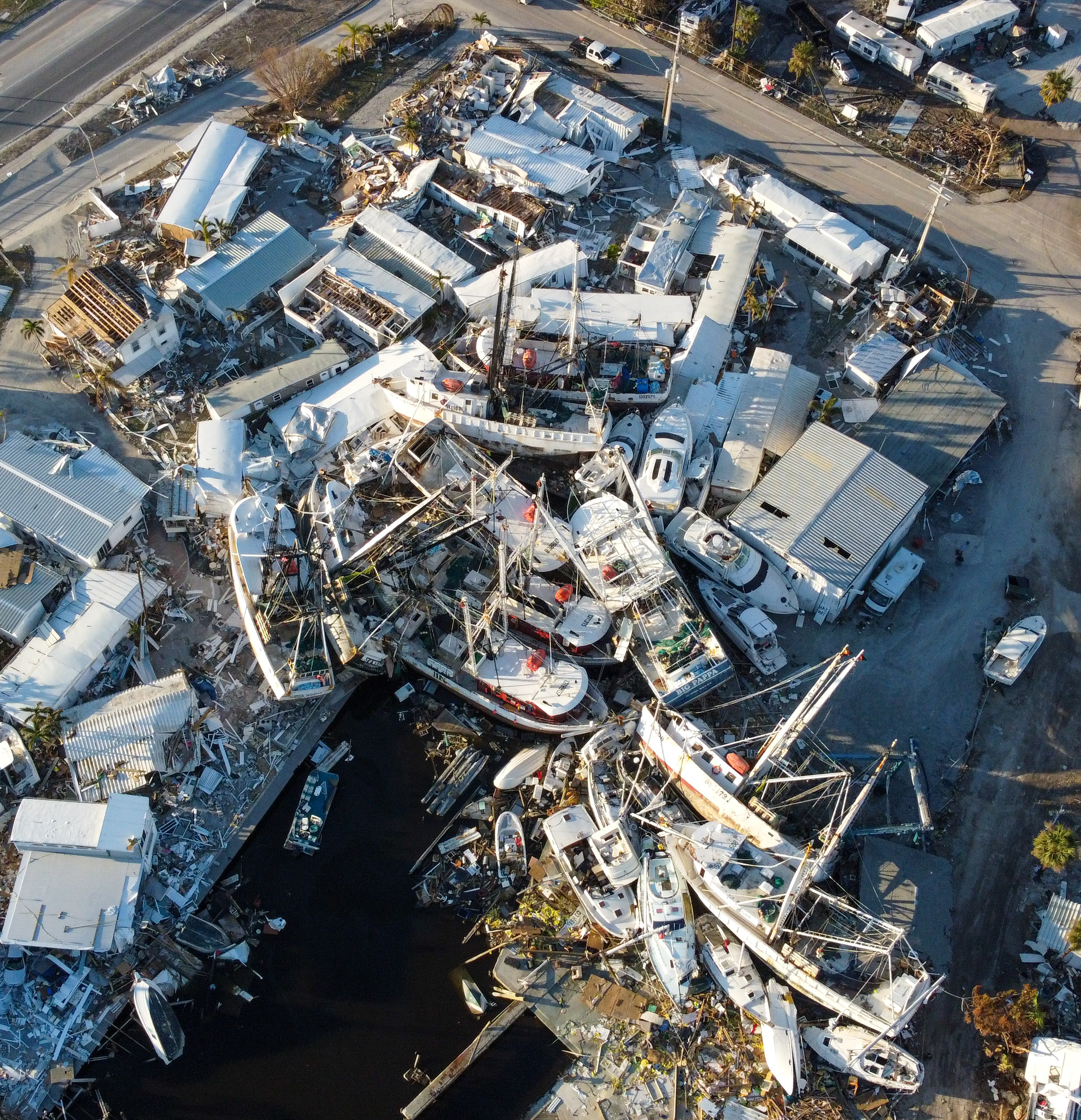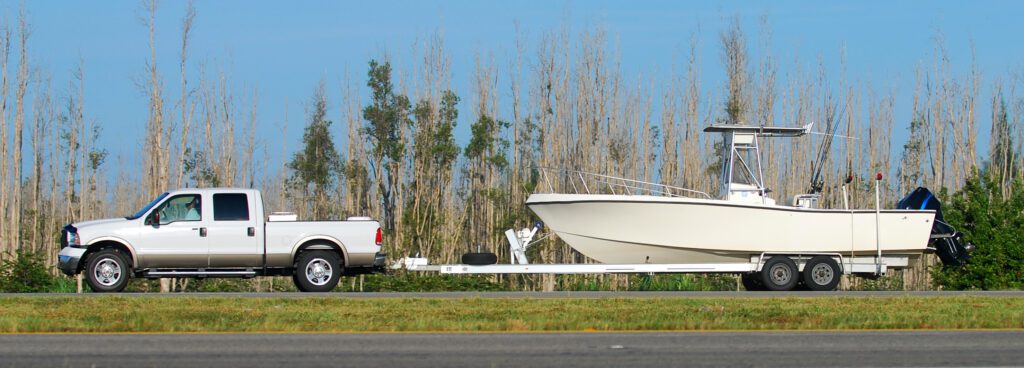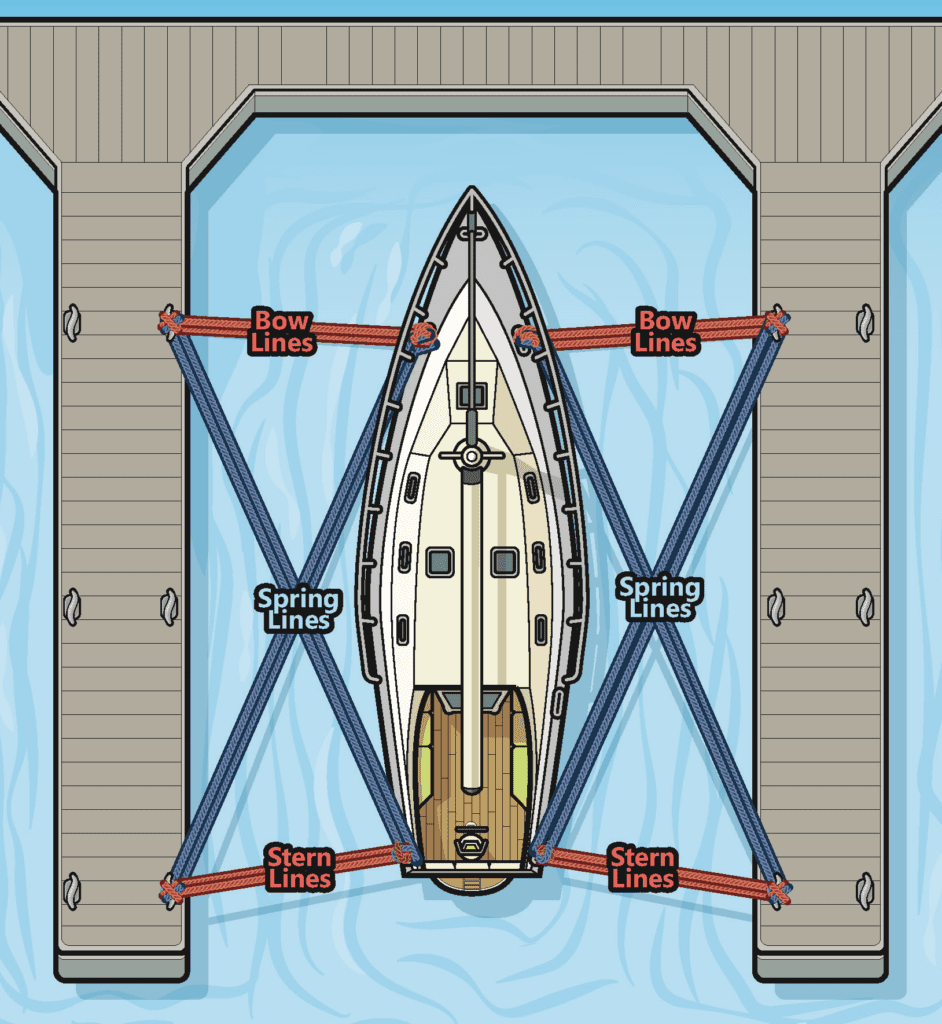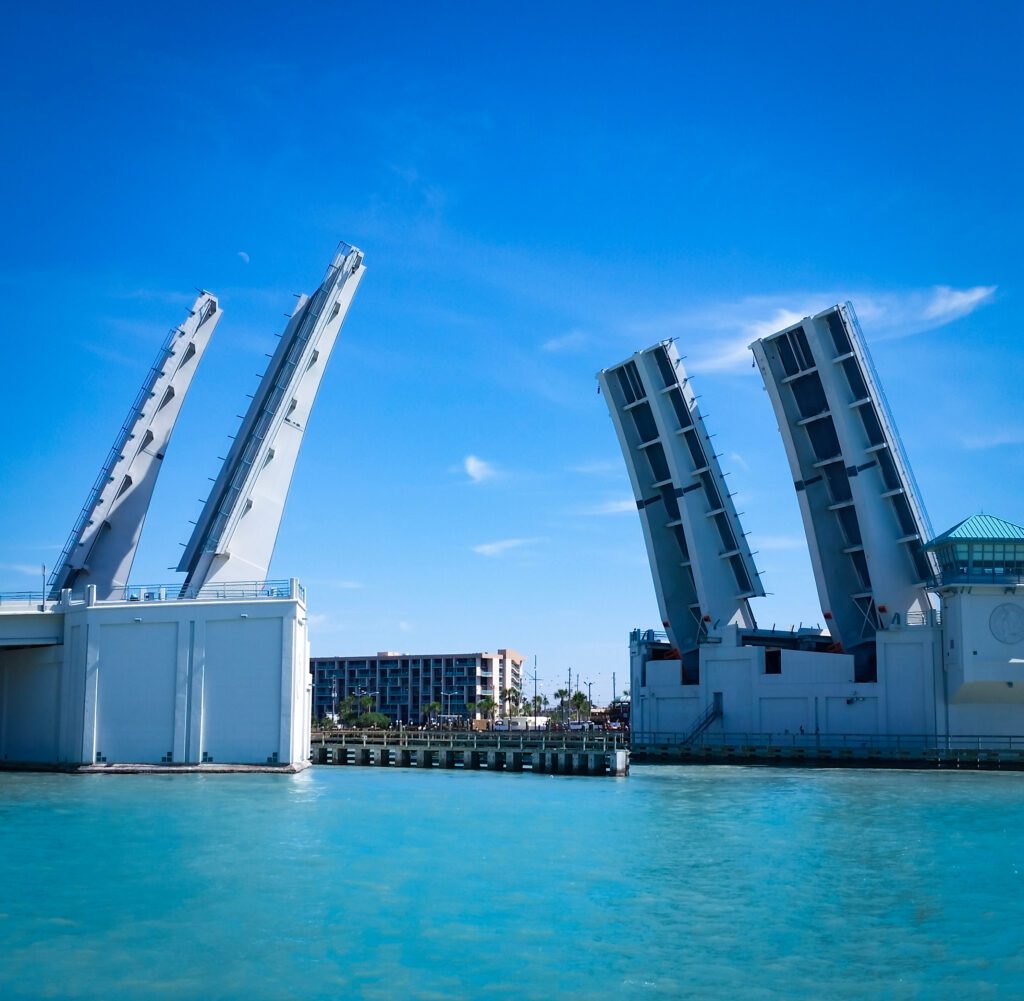Preparing your boat for hurricane season
Pinellas County is the second-largest boating community in Florida with nearly 54,000 registered boats. This presents a great risk during storms and hurricanes. In 2022, over 7,000 vessels were lost or damaged during Hurricane Ian. A little planning and preparation can help prevent damage to your boat and surrounding properties.

Before hurricane season
- Keep boat insurance up to date and ensure it covers hurricane impacts.
- Store your records together in a safe place. Have recent photos/videos of your boat and its contents; the Hull Identification Number (HIN#); and phone numbers for the Coast Guard, emergency contact at your marina, etc.
- Make a plan for what you will do with your boat if a storm comes.
- Check that your trailer and its tires, bearings and axle are in good condition.
- If you can’t trailer your boat, there are local marinas that can haul large boats out of the water and secure them during the storm. Check size limits and make arrangements ahead of time.
- Know what you’re responsible for in your lease or storage rental agreement with your marina or storage area.

When we are in the path of a hurricane or tropical storm
Take your boat out of the water if possible.
- Strap your boat securely to your trailer and move it outside of areas that could flood. Avoid parking under trees. Once at a safe place, use wheel chocks or blocks to prevent rolling.
- Secure your boat with heavy nylon lines to fixed objects. If possible, find a location that will allow you to secure it from all four sides. It can be tied to screw anchors. Do not secure your boat to a tree.
- If you plan for a local marina to haul your boat out of the water and secure it, have it taken out long before the arrival of tropical storm-force winds.
If you are unable to take your boat out of the water:
- Secure your boat in a protected and stable location. Keep in mind that docks can be damaged in a major hurricane.
- Double all lines. Run crossing spring lines, each from one end of the boat to the opposite end on the dock. Attach lines high on pilings, keeping in mind that the longer the lines, the better, to allow for rising tides or storm surge. Make sure lines will not slip off pilings. Inspect pilings and choose those that seem strongest, tallest and properly installed. Be sure to use chafe protectors on the lines and fenders to protect the boat.

Remove all moveable equipment.
- This includes canvas, sails, dinghies, radios, biminis and roller furling sails, etc.
- Tie down everything you can’t remove, including tillers, wheels and booms.
Charge batteries and consider backup batteries.
- Turn off all devices using electricity except bilge pumps.
Drawbridge schedule changes
When a hurricane approaches, Pinellas County’s drawbridges will open less often so that vehicles can evacuate over the bridge. Eventually, bridges will be kept in the down position and will not reopen until it’s safe to do so.
The U.S. Coast Guard will issue a special marine advisory on Channel 16 before the drawbridge schedule changes.

If you live on your boat
Never consider riding out a storm on a boat. No matter how valuable your boat is to you, it’s not worth your life. If possible, stay with friends or family outside of the area ordered to evacuate. Pinellas County has three types of public shelters: general population, special needs and pet friendly. Shelter locations will be announced through emergency notification systems, online and by local media outlets. Find more information at: disaster.pinellas.gov
PSTA runs free bus service to shelters during evacuations in Pinellas County. Learn more at: psta.net
Tune in to emergency information
- U.S. Coast Guard Special Marine Advisories: Channel 16
- U.S. Coast Guard: uscgboating.org
- Pinellas County emergency information: disaster.pinellas.gov
- Pinellas County Emergency Management: (727) 464-3800
- County Information Center (during emergencies): (727) 464-4333
- NOAA Weather Alert Radio SAME code: 012103 or frequency 162.450
- National Hurricane Center: hurricanes.gov
- National Weather Service/Tampa Bay weather.gov/tampa
Get alerts
- Sign up for Alert Pinellas
- Download the Ready Pinellas mobile app from the Apple App Store or Google Play